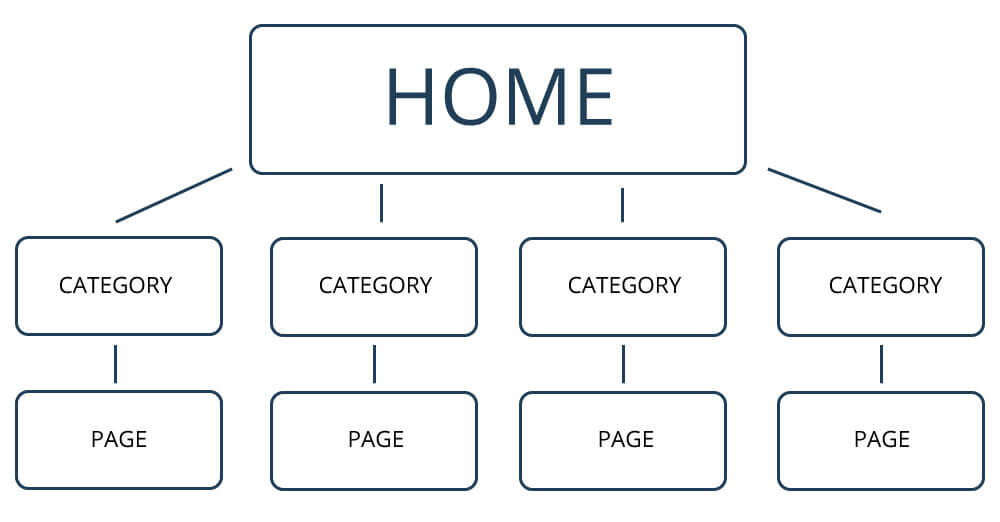Site structure refers to how you organise your website’s content. Your website can contain a variety of content, including posts and pages. Site structure determines how this content is grouped, linked, and displayed to the visitor. If your site is well structured, your users will be available to navigate through your site easily and find what they’re looking for. The same goes for search engine bots who can crawl and index your URLs better.
Taxonomies, like categories and tags, but also internal links, your navigation, and breadcrumbs are the tools you need to structure your site.
Why is site structure important for Google – and users?
There are three reasons why site structure is important for Google and, therefore, a higher chance of ranking in the search engines.
1. A guide for Google
Your site’s structure helps Google bots find the most essential pages and content on your site, the relationship between all the pages on your site and also helps them in understanding what your site is about and what your services are.
2. Avoid competing with your own content
If you have blog posts or articles on your site that are on the same topic, you would be competing with your own pages for a higher ranking in Google. Google won’t know which among these is the most important unless we tell it by creating a good internal linking structure.
3. Important for UX
A clear site structure helps users navigate through your site easily and find what they’re looking for. This will reduce the bounce rate of your site as well as increase the chances of conversion.
How to obtain an optimised site structure?
Here are three basic tips on how to quickly improve your site structure:
1. Remove old content
One way to declutter your site is by getting rid of the older, less valuable content. However, these pages could contain some important backlinks, in which case you should redirect the URLs of the pages.
2. Evaluate your categories
Ensure that categories are about the same size or else you’ll have a hard time ranking blog posts within one huge category.
A good rule of thumb is to make sure that no category is more than twice the size of any other category. If one category is significantly larger than the other ones, divide it into two.
3. Improve your internal linking structure
Add links to the most important content on your site to show Google that these articles are your best articles.







